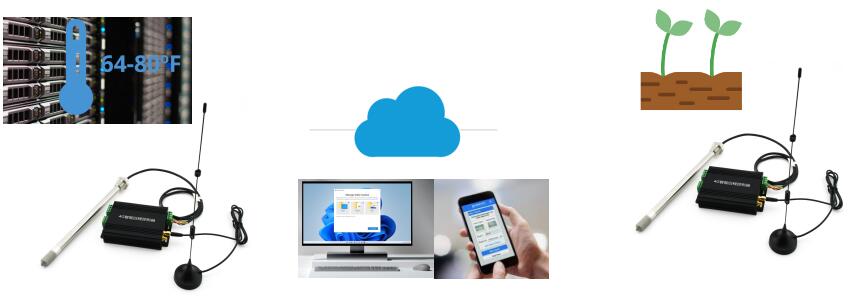-
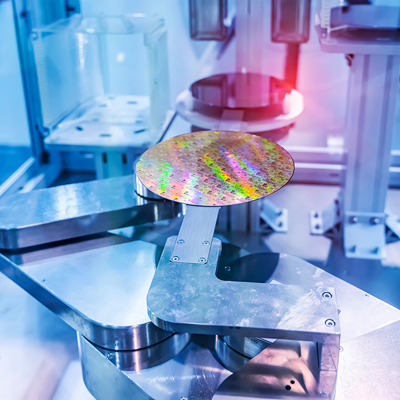
Temperature and Humidity Sensor for Semiconductor Clean Room Temperature Humidity Contr...
Product Show The temperature and humidity of clean space are mainly determined according to the process requirements, but under the condition of meeting the...
View Detail -

IoT Solution Precisely humidity monitoring system in Museums
Usually, people can find artworks and artifacts that are made of natural materials like canvas, wood, parchment, and paper when visiting m...
View Detail -
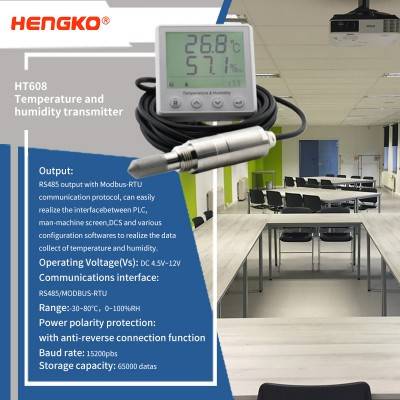
Office Environmental IoT Humidity Monitoring System
When we think of the indoor working space or inside environmental monitoring, all sorts of images will come to mind, such as the meeting rooms, HVAC systems,...
View Detail -
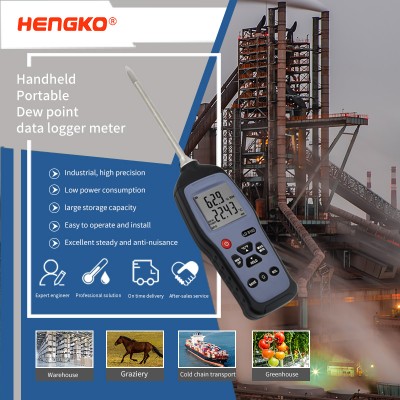
Humidity Calibrator for Industrial Automation
Easy-to-use handheld meters are intended for spot-checking and calibration. The instrument has a multilingual user interface and a wide se...
View Detail -
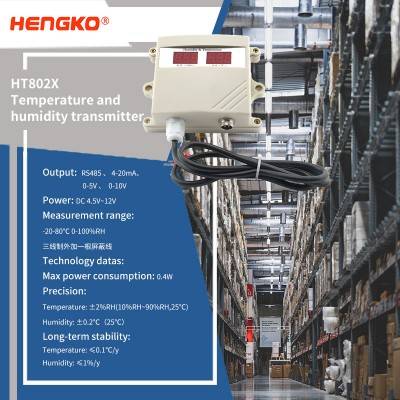
Innovative IOT temperature and Humidity Monitoring Solution – Warehouse and Stora...
Temperature and humidity monitoring is critically important in warehouse and storage management. The goods must be monitored frequently a...
View Detail -
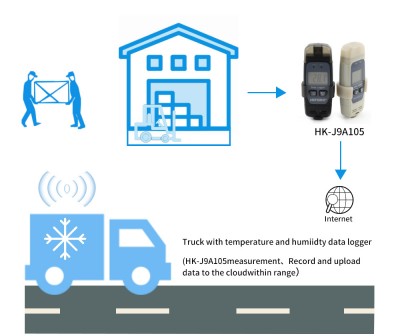
Vaccine Cold Chain USB Temperature and Relative Humidity Data Logger Reader Monitor Sys...
COVID-19 vaccines--strict temperature control a must. HENGKO temperature and humidity data logger with exquisite appearance, easy to carry and install. Its m...
View Detail -
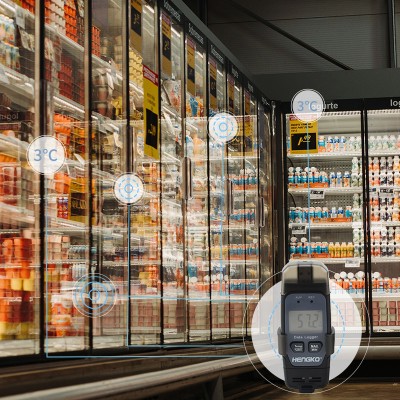
Remote Temperature and Relative Iot humidity monitoring system for Food and Beverage Co...
Temperature and Humidity monitoring is an ideal solution for industries/businesses where temperature and humidity maintenance is of utmost importance. With t...
View Detail -

Temperature and Humidity Monitor for IoT Applications HG803 Humidity Sensor
Product Describe HG803 Series Temperature and Humidity Monitor has been designed to measure, monitor and record temperature and humidity. It is a perfect so...
View Detail -
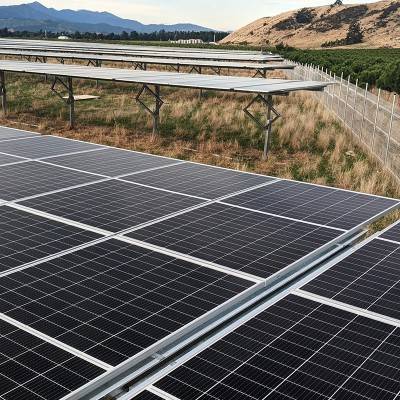
IoT-based Smart Solar Monitoring – temperature, humidity and illumination
Solar monitoring is trending. To protect the environment we live, solar energy as a new renewable clean energy has become widely utilized. The rapidly evolv...
View Detail -

IoT Humidity Sensor in Cold Chain Storage
Every year billion tons of goods are wasted because of temperature variations. A small drop or increase in temperature can reduce shelf li...
View Detail -

Environmental Temperature and Humidity Monitoring System Solutions for Archive Storage ...
Sample archives or repositories are managed locations for the storage of various material samples or, for example, seed for research or fo...
View Detail -
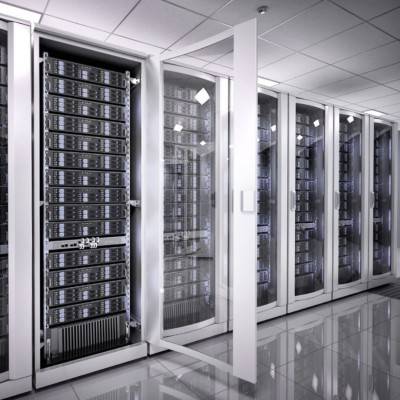
Server Rooms Environmental Monitoring System for Data Center – HENGKO
Server Room Environment Monitoring System Server rooms are full of expensive computers and networking equipment that are very sensitive to...
View Detail -

Temperature and Humidity Monitoring – Custom IoT Solutions for Poultry Farms and ...
We are a custom IoT solutions provider all around the word. We offer a wide range of IoT solutions powered by a wide array of technologie...
View Detail -

RHT-xx Digital relative humidity & temperature sensor instrument to monitorings of...
Product Describe The process of maturation of the wine bottles and barrels in cellars requires carefully protected climatic conditions that are stable over t...
View Detail -

Remote Remperature Monitoring System for Pharmacies and Pharmaceutical | Laboratories
Remote temperature and humidity monitoring system for pharmacies and pharmaceutical warehouses provides detailed information about medical...
View Detail -
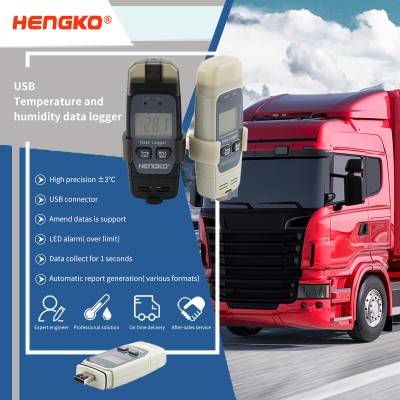
Temperature and Humidity Data Logger with Battery for Cold-chain Transportation Vaccine
Product Describe: Smart cold chain logistics solutions help your business remain compliant, achieve product quality, and harness operational efficiencies. E...
View Detail
Why HENGKO's IoT Temperature and Humidity Sensor Solution
Many industries have received attention for temperature and humidity control in recent years, among which agricultural
soil temperature and humidity control have received great attention.
HENGKO's IOT Temperature Monitoring System use front-end recording instruments to complete the
monitoring and summary of the content of environmental monitoring factors, conversion, transmission, and other
work monitoring. The data includes air and humidity, air humidity, soil temperature, and soil humidity. Monitoring
parameters will be measured through the terminal recorder and will upload the collected monitoring data to the
environmental monitoring cloud platform through GPRS/4G signals.
The whole system is safe and reliable. Timely, comprehensively, real-time, fast, and efficient presentation of the
monitored data to the information personnel to be controlled
Powerful data processing and communication capabilities, using computer network communication technology,
online viewing of temperature and humidity changes at monitoring points to achieve remote monitoring. Can
be monitored the system in the duty room, and the leader can easily watch and monitor it in his own office.
Main Features of Industrial IoT Temperature and Humidity Monitor System Solution:
1. Large-scale networking, cross-platform detection
2. Data temperature transmission
3. Highly reliable meteorological and environmental anomalies automatic warning
4. Scientific planting package (under development)
5. Low cost saves more input for farmers
6. Built-in 21700 battery, long-lasting battery life. 3 years without battery replacement
7. Customized solar panels
8. Multi-terminal compatibility, easier to view
9. Multi-platform data on mobile phones and computers can be viewed anytime, anywhere,
and you don't need to install a special APP program. You can view it by scanning
10. Don't worry about missing data viewing, a variety of early warning and alarm methods
11. One-click sharing, support up to 2000 people to watch
Application:
The temperature and humidity monitoring system is widely used and almost meets the temperature
and humidity monitoring needs of various industries:
The Main Applications
1. Daily Life Places:
Classrooms, offices, apartment buildings, hotels, restaurants, etc.
2. Important Equipment Operating Places:
Substation, main engine room, monitoring room, base station, substation
3. Important Material Storage Places:
Warehouse, granary, archives, food raw material warehouse
4. Production :
Workshop, laboratory
5. Cold chain transportation
Transportation of urban fruits and vegetables, remote transfer of frozen materials,
transfer of medical materials
What is IOT Temperature Monitoring System and Advantage, Features ?
An IoT temperature monitoring system is a network of devices that are connected to the Internet and used to monitor and control the temperature of a specific environment or location. These systems typically consist of sensors, controllers, and actuators that are connected to a central server or cloud platform. The sensors collect temperature data and transmit it to the central server, where it can be analyzed and used to trigger actions, such as turning on a heating or cooling system.
The main advantage of an IoT temperature monitoring system is that it allows users to remotely monitor and control the temperature of a specific environment, which can help to optimize energy use and improve comfort. Other advantages include:
1. Improved accuracy: IoT temperature monitoring systems typically use high-precision sensors that can provide accurate and consistent temperature readings.
2. Enhanced security: An IoT temperature monitoring system can be configured to alert users if there are any deviations from normal temperature ranges, which can help to prevent potential problems, such as food spoilage or equipment damage.
3. Increased efficiency: By monitoring temperature in real-time, users can optimize energy use and reduce costs by only running heating and cooling systems when necessary.
4. Greater convenience: With an IoT temperature monitoring system, users can control and monitor the temperature of their environment from anywhere, using a smartphone or other device.
What You Should Consider for IoT Temperature and Humidity Sensor ?
If you're looking to implement IoT temperature and humidity sensors, there are several factors to consider to ensure that your solution meets your specific needs. Here are the key factors to consider:
-
Measurement Range: The sensor should be capable of accurately detecting the full range of temperature and humidity you expect in the environment where it will be deployed. For example, a sensor in a typical home environment will need a different range than a sensor in a refrigerated warehouse or a desert environment.
-
Accuracy: The sensor should have high accuracy. Lower accuracy might give misleading data, which can lead to wrong decisions. Ensure to check the manufacturer's specifications for accuracy.
-
Resolution: This refers to the smallest increment that a sensor can detect. Higher resolution sensors can detect smaller changes in temperature and humidity.
-
Response Time: The time a sensor takes to react to a change in temperature or humidity is also essential. Faster response times can be critical in environments where conditions can change rapidly.
-
Connectivity: Depending on your use case, the sensor should support the appropriate connectivity options, such as Wi-Fi, Zigbee, Z-Wave, LoRa, or cellular. The choice of connectivity might be influenced by the environment where the sensor will be deployed, as well as by power constraints.
-
Power Consumption: For battery-operated sensors, power consumption is a key concern. Some sensors and communication protocols are designed to be more power-efficient than others.
-
Robustness & Durability: The sensor should be capable of withstanding the environmental conditions of its deployment location. This includes factors like water resistance, dust protection, and tolerance to physical shock or vibration.
-
Ease of integration: The chosen sensor should easily integrate with your existing IoT platform or the one you plan to use. The sensor should preferably follow standard communication protocols for easy integration.
-
Security: Given the proliferation of IoT devices, and the security concerns that accompany them, you'll want to ensure that your sensors have built-in security features. This can include data encryption and secure methods of authentication.
-
Cost: The overall cost of the sensor will often be a factor. This should be considered in the context of all the other requirements.
-
Scalability: If you plan to deploy many sensors across various locations, the chosen solution should be scalable and manageable remotely.
-
Interoperability: The sensor should be able to work with other devices and systems in your IoT environment. It should follow standard IoT protocols for data exchange and communication.
By considering these factors, you can select an IoT temperature and humidity sensor that fits your particular requirements and provides reliable, accurate data.
Frequently Asked Question
Here are some frequently asked questions about IoT temperature and humidity monitoring systems:
1. What is the accuracy of the sensors?
The accuracy of sensors, including temperature and humidity sensors, refers to how close the measured value is to the actual or true value. It's usually expressed as an error range (e.g., ±0.5°C for temperature, or ±2% relative humidity).
The specific accuracy of a sensor can vary greatly depending on the type of sensor, its quality, and the conditions under which it's used. For example, cheaper sensors may have larger error ranges and less consistency, while more expensive, high-quality sensors will provide more precise readings.
For temperature sensors, a typical accuracy might be ±0.5°C, but high-precision sensors can offer accuracy of ±0.1°C or even better.
For humidity sensors, a typical accuracy might be ±2-5% relative humidity, but again, high-quality sensors can offer accuracy of ±1% or better.
Remember, in practical terms, a sensor's accuracy must be suitable for its intended application. For example, in a general home environment, a slightly larger error range may be acceptable, but in a scientific lab or a controlled industrial environment, a very high degree of accuracy may be required. Always choose a sensor based on the specific needs of your use case.
Lastly, consider that sensor accuracy can degrade over time due to factors such as wear and tear, exposure to extreme conditions, or drift (a common phenomenon where a sensor's readings shift over time, even in the same conditions). Regular calibration and maintenance can help maintain sensor accuracy.
2. How often do the sensors collect data?
The frequency at which sensors collect data, also known as the sampling rate, can vary widely depending on the type of sensor, the specific application, and the settings configured by the user or system administrator.
-
Sensor Type: Some sensors are designed to collect data continuously, while others only collect data at specific intervals or when triggered by certain events.
-
Specific Application: The required sampling rate can depend heavily on the nature of the monitored environment. For example, in a fast-changing environment like a weather station, the sensor might collect data every few seconds. In contrast, in a relatively stable environment like a warehouse, the sensor might only need to collect data every few minutes or even hours.
-
User Configuration: Many IoT systems allow users to configure the sampling rate according to their needs. A higher sampling rate provides more detailed data, but it also uses more power and generates more data to store and process, which can be a concern for battery-powered devices and systems with limited storage or bandwidth.
For temperature and humidity sensors in typical environments, a common sampling rate might range from once every few seconds to once every few minutes. However, this can be adjusted as needed based on the factors mentioned above.
Always remember, while setting up your IoT sensor network, striking a balance between data detail (which improves with higher sampling rates) and power/storage efficiency (which improves with lower sampling rates) is crucial.
3. How is the data transmitted and stored?
The data collected by the sensors is typically transmitted to a central server or cloud platform using a wireless network, such as WiFi or Bluetooth. The data is then stored on the server or in the cloud for analysis and access by the user.
4. Can the system be accessed remotely?
Most IoT temperature and humidity monitoring systems can be accessed remotely using a smartphone or other device, allowing users to monitor and control the system from anywhere.
5. How is the system powered?
IoT temperature and humidity monitoring systems can be powered in a variety of ways, including using batteries, wall outlets, or solar panels. It is important to consider the power requirements of the system and choose a power source that is suitable for the specific application.
6. Can the system be integrated with other systems?
Some IoT temperature and humidity monitoring systems can be integrated with other systems, such as HVAC systems or lighting systems, to allow for more advanced control and automation.
We provide iot temperature monitoring system solutions for different application
temperature and humidity IoT monitoring; You are welcome to contact us by
email ka@hengko.com for details and solutions. We will send back asap
within 24-Hours.
